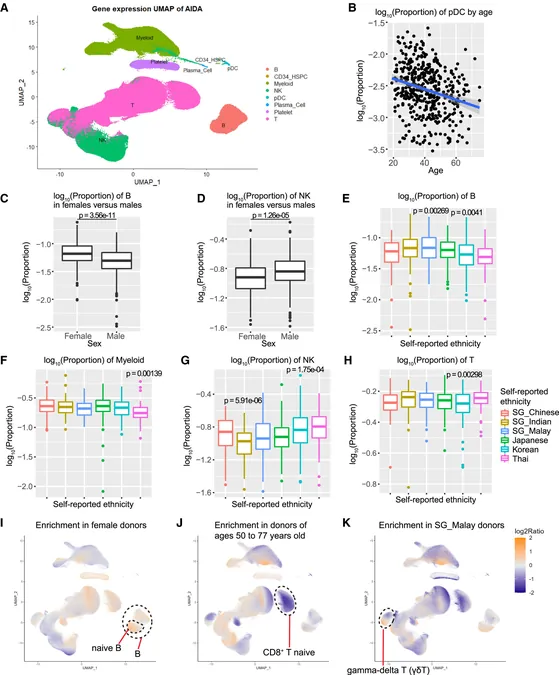
Groundbreaking Polypill Treatment Could Revolutionize Cardiovascular Care for Black Communities
2025-01-21
Author: Mei
A recent study published in JAMA Cardiology indicates that polypill treatment for cardiovascular disease (CVD) could significantly enhance affordability and access to care for predominantly Black, low-income populations. This innovative approach could play a crucial role in reducing longstanding health disparities affecting these communities.
The findings come amid growing concerns about the increasing burden of CVD among young Black patients, particularly highlighted in the Journal of the American Heart Association. Researchers analyzed over 2.9 million young Black individuals aged around 31 years, revealing alarming trends in hospital outcomes from 2007 to 2017. The study found that young Black patients are facing worsened outcomes from major adverse cardiac events, including acute myocardial infarction and cardiac arrest, underscoring an urgent need for effective treatment solutions.
Polypills, which combine multiple medications into a single daily dose targeting blood pressure and cholesterol levels, are designed to enhance patient adherence to treatment regimens. The current study indicates that such medications could dramatically lower the risk of adverse health events. Although existing polypills do not yet feature half doses of effective drugs like atorvastatin and losartan, ongoing trials are setting the stage for their introduction.
Using a sophisticated CVD Policy Model, researchers simulated outcomes of the proposed polypill treatment in a trial based on the Southern Community Cohort Study. They assessed 100,000 individuals over ten years, estimating that the polypill could prevent around 2,180 incidents of CVD, amounting to one prevented event for roughly every 36 patients treated. Notably, serious adverse events were projected to rise modestly, indicating potential risks that will need careful management.
The economic analysis painted a compelling picture. At an annual cost of just $463 for the polypill, the treatment yielded significant health benefits with an estimated cost of $8,560 per quality-adjusted life-year (QALY) gained—a benchmark considered economically attractive in healthcare. While total medication costs rose, they were outweighed by substantial savings from reduced acute and chronic CVD care—a potential game-changer for budgeting in underserved populations.
Nevertheless, the study has its limitations, primarily focused on a healthcare sector perspective and a timeframe of just ten years. The researchers stress the importance of ongoing monitoring and broader studies to fully assess the long-term impact of polypill treatment.
In summary, the polypill emerges as a beacon of hope for Black communities facing cardiovascular disease, promising both cost-effectiveness and improved health outcomes. As the healthcare landscape continues to evolve, initiatives like this could pave the way for a more equitable future in cardiovascular care.
Stay tuned for global discussions on how healthcare innovations can bridge the gap of inequalities!




 Brasil (PT)
Brasil (PT)
 Canada (EN)
Canada (EN)
 Chile (ES)
Chile (ES)
 Česko (CS)
Česko (CS)
 대한민국 (KO)
대한민국 (KO)
 España (ES)
España (ES)
 France (FR)
France (FR)
 Hong Kong (EN)
Hong Kong (EN)
 Italia (IT)
Italia (IT)
 日本 (JA)
日本 (JA)
 Magyarország (HU)
Magyarország (HU)
 Norge (NO)
Norge (NO)
 Polska (PL)
Polska (PL)
 Schweiz (DE)
Schweiz (DE)
 Singapore (EN)
Singapore (EN)
 Sverige (SV)
Sverige (SV)
 Suomi (FI)
Suomi (FI)
 Türkiye (TR)
Türkiye (TR)
 الإمارات العربية المتحدة (AR)
الإمارات العربية المتحدة (AR)